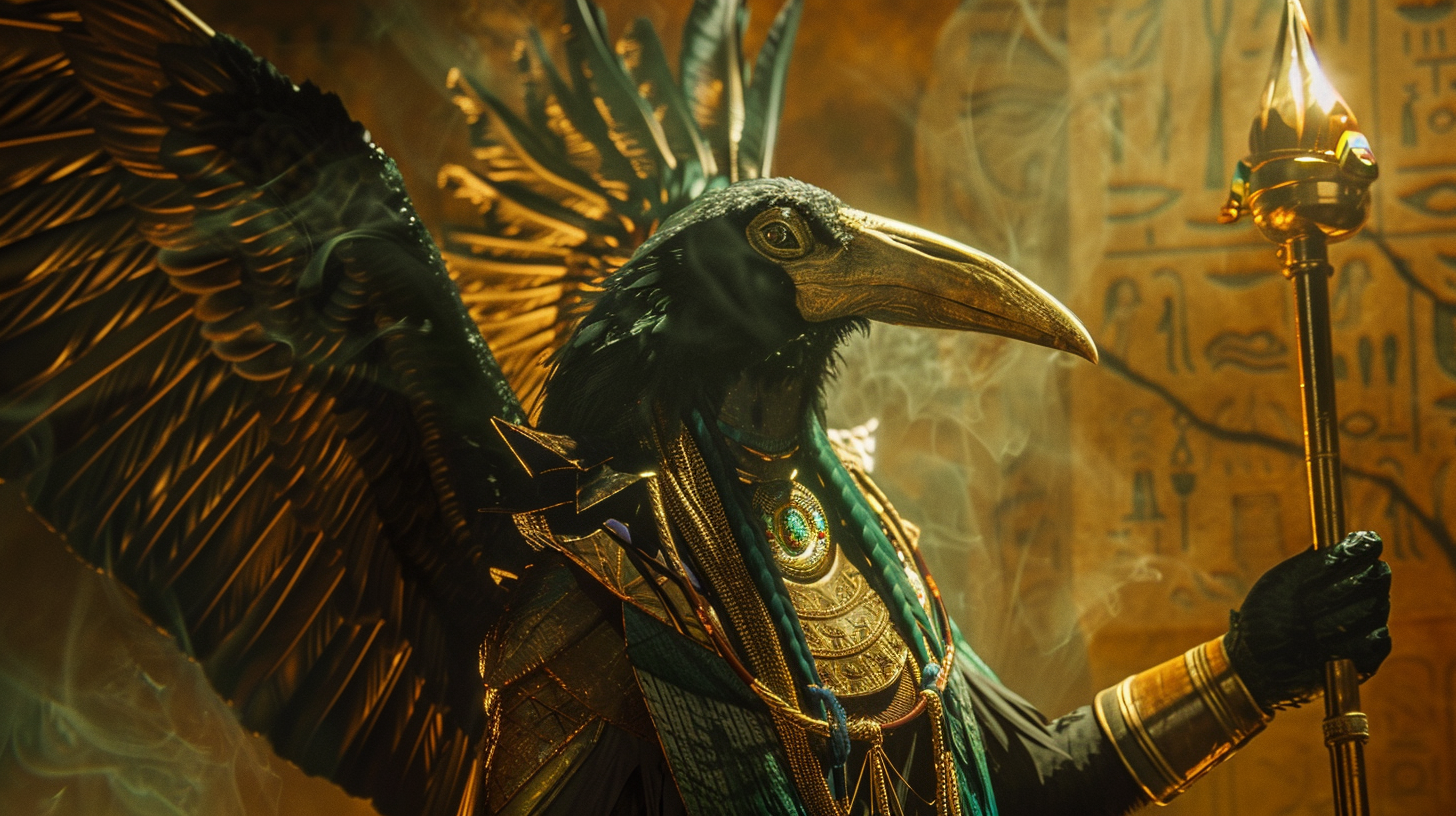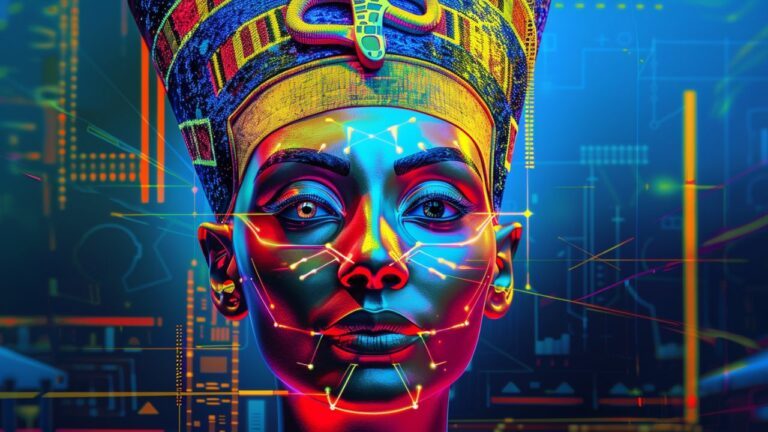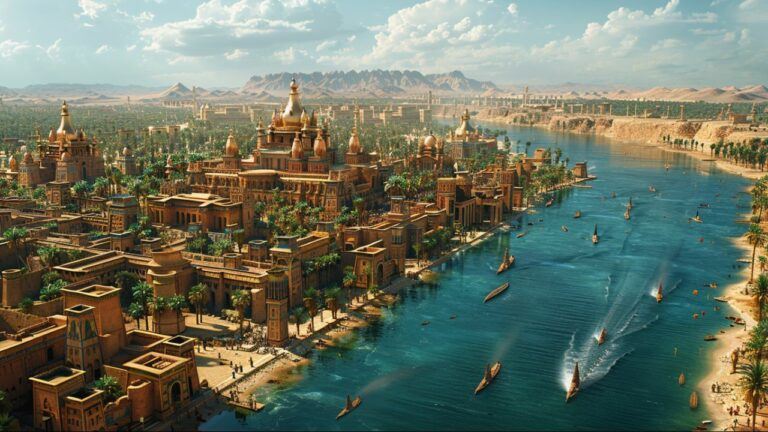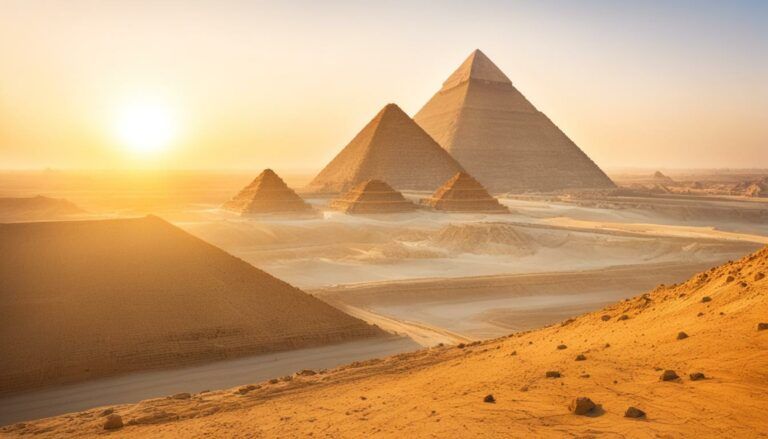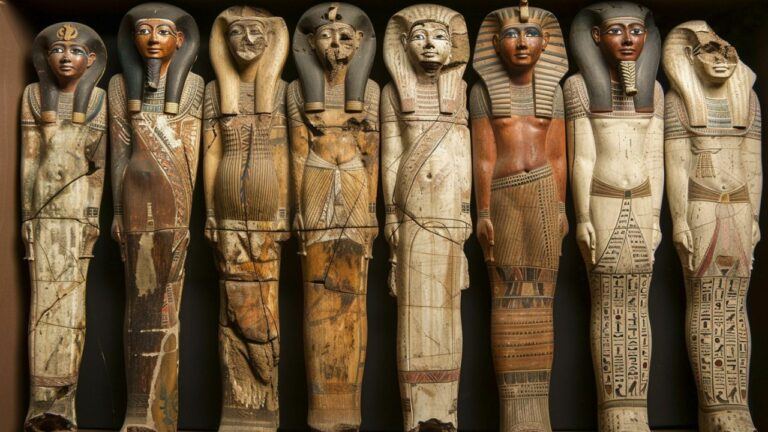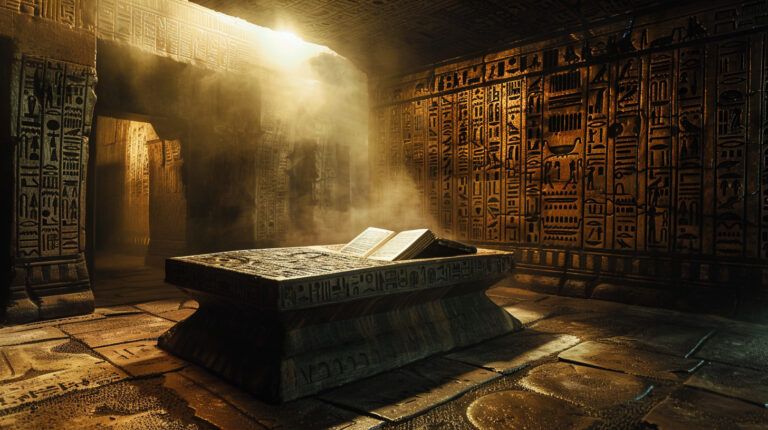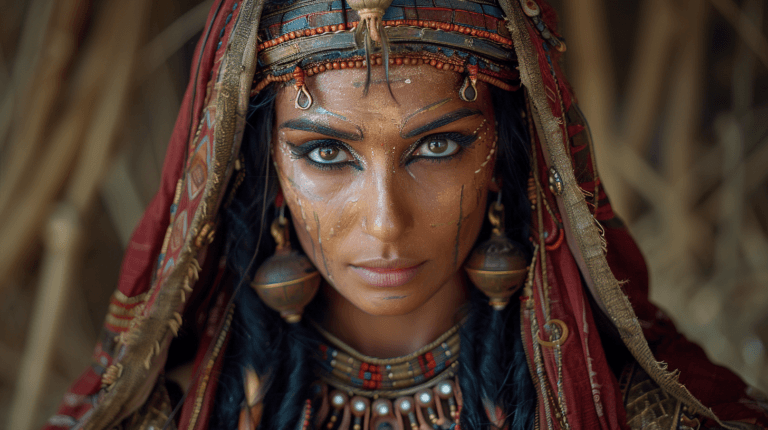Why Did Egyptian Gods Have Animal Heads: Unveiling Ancient Symbolism
In Ancient Egyptian mythology, the gods are recognized by their distinct and captivating representations, often bearing animal heads on human bodies. This blend of human and animal forms wasn’t a mere artistic choice; it was deeply rooted in the religious and cultural significance of the times. So, why did Egyptian Gods have animal heads – let’s take a closer look!
The animals chosen to represent the deities were not random; they were emblematic of the traits the gods embodied.
For instance, the fierce lion head of Sekhmet exemplified her role as a powerful warrior and protector.

This imagery served multiple purposes: it conveyed the gods’ attributes to the people, reinforced the divine order of the universe, and acted as a visual language bridging the celestial with the terrestrial.
Iconography was instrumental in communicating a god’s role and sphere of influence.
By associating deities with certain animals, the Egyptians showed reverence to these creatures and acknowledged their importance within their own society and the natural world.
The artistic depictions were not just symbolic but also played a crucial role in worship and rituals, as worshippers could identify and connect more easily with the divine through these powerful anthropomorphic forms.
Key Takeaways
- Animal heads on Egyptian gods symbolize their traits and roles.
- Iconography was a key aspect of the Egyptian religious experience.
- The art reflected societal reverence towards the natural world.
Mythological Significance of Animal Heads

I’ve always been fascinated by the rich tapestry of symbols in ancient Egyptian mythology, especially the animal heads on their gods. It’s clear to me that these weren’t random choices; each served to highlight the gods’ immense powers and responsibilities.
Representation of Powers and Duties
When I look at how the ancient Egyptians chose to depict their deities, I can’t help but notice the direct line between the animals and the gods’ roles.
Take Horus, for example, with his falcon head. In my eyes, that’s a clear nod to his domain over the sky and sun, symbolizing supreme control over the heavens.
It’s like putting a badge on him that says, “I’m the one who watches over you day in, day out.”
But then there’s Thoth, with his ibis head. To me, that always screamed wisdom and knowledge—qualities that are as graceful and sharp as the bird itself.
By presenting Thoth this way, it’s as if saying to everyone, “Hey, this is the guy you turn to for insight.”
Conveying Divine Attributes and Symbolism
It’s not just about what the gods do; it’s also about what they stand for. Each animal brings its own flavor to the table, its own rich symbolism.
For instance, Anubis’s jackal head hits me with thoughts of death and the afterlife.
It’s pretty sobering because it reminds me that the jackals were often seen stalking cemeteries, making the connection to Anubis’s role as protector of the dead pretty darn literal.
And let’s not forget about the lion-headed goddess Sekhmet. Her image is all about unleashing power.
To me, her presence speaks volumes about her ability to cause and cure chaos—fierce destruction one minute and powerful healing the next.
It’s like each glance from her is a visceral reminder of both the creation and destruction of life.
These visual cues are powerful. Through the simple but profound language of symbolism, they communicate a deity’s essence without needing a single word.
Iconography and Artistic Depictions

In my journey through the ancient Egyptian canvas of gods, I’ve seen how animal heads weren’t just artistic choices but narrated stories of divinity. Each representation was a bridge between the mortal realm and that of the gods, infusing artwork with sacred symbolism.
Integration in Ancient Egyptian Art
When I look at the vast murals of Egyptian temples and tombs, it’s clear how animal-headed gods are more than mere decoration.
Each figure is meticulously integrated, reinforcing the teachings and values of the time.
I noticed that powerful deities like Amun and Ra, often depicted with a ram and falcon head, are central in compositions, signifying their supremacy in both art and religion.
- Osiris, another paramount figure, can be seen wielding his crook and flail, his head often resembling a mummified man with a crown, symbolizing resurrection and the afterlife.
- Isis, showcased with a throne-shaped headdress, stands out as a patron of motherhood and magic.
Their anthropomorphic forms served a dual purpose, making them relatable yet unmistakably divine.
Influence on Culture and Religion
My interpretation of Egyptian art’s influence on culture and religion reveals a profound symbiosis.
The representation of gods like Ra and Osiris informs much about ancient Egyptians’ daily lives and their understanding of existence beyond death.
The essence of animal-headed gods pervaded more than just artwork; it was etched into the culture’s identity and religious practices.
Take, for example, the lioness head of Sekhmet, embodying the ferocity and protective nature that Egyptians sought in times of war and illness.
I learned that these depictions weren’t random; they held specific attributes the culture admired or feared, strengthening the communal bond with their gods.
These visual cues were mnemonic devices, teaching and reminding Egyptians of their gods’ stories and powers.
Worship and Cults of Animal-Headed Deities

When I explore ancient Egyptian religion, I’m captivated by how the worship and cults of gods and goddesses with animal heads were integral to the fabric of Egyptian spiritual life.
Role in Religious Practices
In my studies, I’ve learned that religious practices in ancient Egypt directly involved the veneration of deities represented with animal traits.
For example, I often come across the lioness-headed Sekhmet, the goddess of war and healing. Her fierce image warranted offerings to appease her wrath and seek her protection.
Priests and devotees would carry out daily rituals, and the sanctuaries of these gods were places where I, as a worshipper, would have sought divine favor and intervention.
Centrality in Festivals and Offerings
The festivals I’d witness in ancient Egypt were grand events filled with pomp and reverence, especially those associated with animal-headed deities like the falcon-headed Horus.
Regular offerings, which might include food, flowers, and incense, were central to these celebrations.
The belief was that such acts sustained the gods and allowed me, as a devotee, to maintain ma’at—the cosmic order.
Festivals were times when the connection between the divine and the mortal became palpable, bringing me closer to the gods I revered.
Associations With Ancient Egyptian Society

I’ve always been fascinated by how the Egyptian gods with their animal heads weren’t just cool looking symbols; they were deeply woven into the fabric of everyday life and governance in ancient Egypt. Let’s explore how these representations impacted social hierarchies and spiritual concepts.
Impact on Social Structure and Kingship
In ancient Egypt, the convergence of divine representation and leadership was super intriguing.
The pharaoh, who was considered the ‘High Priest of Every Temple’ and also known as the ‘Lord of the Two Lands,’ was often depicted with Horus, the falcon-headed god symbolizing kingship and the sky.
He legit embodied the living god on earth.
It was like the pharaoh was the VIP conduit between the gods and the people. This duality reinforced the divine right to rule, and I can see how it solidified the pharaoh’s top spot in the social hierarchy.
Contributions to Egyptian Mythology and Afterlife Beliefs
Digging into Egyptian mythology, I saw that their gods, each with distinctive animal traits, were like celebs of the spiritual world.
Take, for instance, Bastet, the cat-headed goddess – she was all about protection, fertility, and a hint of domesticity. On the heavier side of things, gods like Set, with a head resembling a fantastical creature, were associated with chaos and war but also had followers that looked up to him.
As for the afterlife, it was huge for Egyptians, and they were real sticklers for immortality.
Symbols like the ankh represented eternal life and often popped up in art and scriptures.
The concept of the akh, or the transformed immortal spirit, was crucial to hop into the afterlife successfully.
Their mythology and beliefs about the hereafter were stark reminders to live a just life; something I figure helped keep societal order intact.
Why Did Egyptian Gods Have Animal Heads – Frequently Asked Questions
Let me dive right in and clear up some of the most common curiosities about those intriguing animal-headed gods you’ve seen in Egyptian lore.
What’s the deal with the animal-headed gods in Egypt?
Animal heads on Egyptian gods aren’t just cool art—they’re full of meaning. Each animal head symbolized traits and powers that the god could wield.
Why does Thoth rock a bird head?
Thoth, the god of wisdom, had the head of an ibis, a bird known for its intelligence and connection to the moon. It was a perfect fit for a deity in charge of writing and knowledge.
Which critter was the MVP – I mean, the most sacred animal – back in ancient Egypt?
Now that’s a tough one, but the cow connected to Hathor was super sacred.
Hathor was the goddess of love and joy, and the cow’s nurturing nature made it a beloved creature in Ancient Egypt.
How come Egyptian deities get to mix-and-match with animals and human bodies?
It’s all about communication. When you see a god with an animal head and human body, it’s telling a story of their divine role and powers.
What’s the story behind Egyptians throwing on animal heads in their fashion?
Intriguingly, wearing animal headgear wasn’t typical daily wear. It’s more likely to be seen in ceremonies or represented in statues and paintings as an honor to the gods.
Why was Seth kind of a big deal, both spooky and cool, in Egyptian beliefs?
Seth, with his canine-like head, was not your average deity. He was a god of chaos and storms, but also of protection in Egyptian mythology.
His ambiguous nature made him a dual symbol of fear and admiration.

